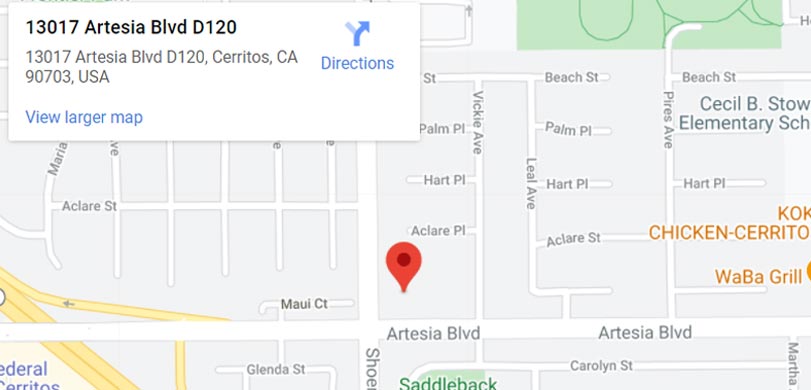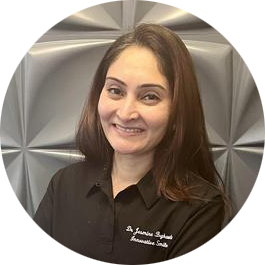Did you know that the average human has a bite force of 162 pounds per square inch? That’s a lot of pressure, but our teeth are usually sturdy enough to handle it. Unfortunately, every so often we give them more than they can handle, and they break. A mild chip may not even be painful initially, but it does mean you will be paying a visit to your best dentist in Cerritos at Jesmine Boghawala DDS. How do we fix a chipped tooth?
As shocked as you might be after accidentally chipping your tooth, your dentist is more than prepared to fix you right up. The procedure required to fix a chipped tooth is usually relatively straightforward, with little to no downtime depending on the severity of the break. In most cases, it just requires your dentist to use resin to replace the missing portion of the tooth.
What is Dental Bonding?
The material used to replace the missing part of your tooth is called dental bonding. The resin is colored to match your natural teeth and can be used to fix chips as well as misaligned teeth, giving you a smile you’ll be glad to show off. In the case of a chipped tooth, the process is fairly simple.
Your dentist will start by etching minuscule ridges into the natural tooth. These ridges are necessary. The resin is unable to physically bond with a completely smooth surface. So etching the tooth increases the strength of the bond between the two. Once your tooth is prepared, your dentist will apply and carefully shape the resin to mimic your natural tooth’s shape. The resin is then smoothed and polished, allowing it to blend seamlessly with the natural tooth. Finally, your dentist will use a UV light to harden the resin more quickly.
Dental veneers are another cosmetic treatment that can be used to fix the appearance of a mildly chipped tooth. Still, this process requires a custom-built porcelain shell designed to completely cover the remaining. Highly effective, veneers can also be costly, so many patients opt for dental bonding as an effective alternative.
What if I Lost Most of My Tooth?
In the case of a severe break, dental bonding may not be able to fix the issue. If you’ve lost a substantial portion of your tooth, then your dentist is likely to recommend a crown. For patients unfamiliar with the process, a crown requires your dentist to remove the outer portions of your tooth and fit a custom-made crown over the remaining tooth.
Crowns are done over two dental visits. During your first visit, you can expect your dentist to remove the outside of the tooth. They will then take impressions of your mouth, so your crown is made to fit you perfectly. You will also be given a temporary crown during this visit to get you by until your crown can be placed during your next appointment.
Crowns can be made of metal, porcelain, or a mix of the two. You should carefully discuss the costs and benefits with your dental care provider to ensure you make the best choice for your needs. As long as it is well cared for and made of sturdy material, your crown can last for life, so it is an investment worth considering.
Making an Appointment
Regardless of the severity of the chip, your first act in response should be to call your dentist. Let them know if you are experiencing pain and the severity of the chip. This will help to determine how quickly you need your appointment. Regardless of the waiting period, you should pick up a small box of dental wax to soften sharp edges, preventing further injury. You should also avoid chewing with the affected tooth until your dentist can see you.






